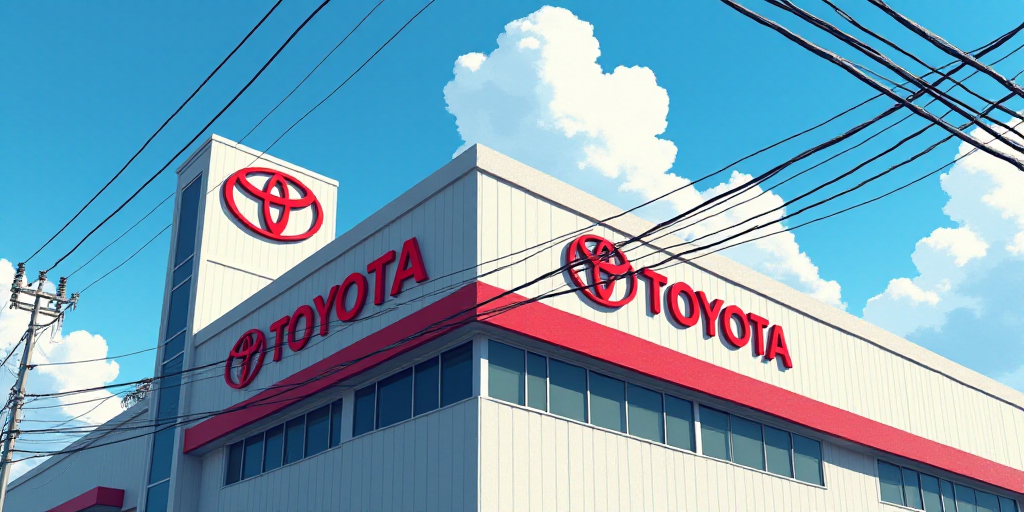Background on Toyota and its Significance
Toyota, the world’s largest automobile manufacturer by vehicle sales, has recently adjusted its annual profit forecast downward by 14% due to the tariffs imposed by U.S. President Donald Trump. This significant development highlights the impact of trade tensions between the United States and Japan on global automotive industries.
Impact of U.S. Tariffs on Toyota
On Thursday, the Japanese automotive giant announced that it now expects annual net profits of 2.66 trillion yen (approximately $18 billion), down from the previously projected 3.1 trillion yen. The company attributed this revision to the effects of U.S. tariffs and other factors, stating that actual operating income had decreased.
Toyota’s stock prices fell by up to 2.4% in the Tokyo Stock Exchange before recovering. The tariffs, which were initially set at 25% on Japanese-imported vehicles entering the U.S., dealt a severe blow to Japan’s vital automotive sector when implemented in April.
Although a trade agreement between Tokyo and Washington was announced in July, reducing the tariff to 15% and providing some relief, the exact implementation date remains unclear.
Honda’s Parallel Situation
Toyota’s revised profit forecast comes shortly after Honda, the second-largest Japanese automaker, reported on Wednesday that its net profits had been halved in the first quarter due to Trump’s tariffs. Despite this decline, Honda improved its annual profit forecast thanks to the agreement with Washington.
In the first three months of its fiscal year (which begins in April), Honda’s net profits dropped to 196.67 billion yen ($1.3 billion), marking a 50.2% decrease compared to the previous year.
Key Questions and Answers
- What led Toyota to cut its profit forecast? The primary reason for the adjustment was the impact of U.S. tariffs and other factors, which resulted in decreased operating income.
- When were the U.S. tariffs on Japanese vehicles implemented? The tariffs, initially set at 25%, were enforced in April.
- How did Honda’s performance compare to Toyota’s in the face of Trump’s tariffs? While both companies experienced reduced profits due to the tariffs, Honda managed to improve its annual profit forecast following a trade agreement with the U.S.






